It’s kind of weird to wrap your head around, but if you’re looking to start a fall garden, the time is now: midsummer.
I know. It’s 90°F and we’re still tending to summer-bearing tomatoes and squash. At this point it feels either too late to plant more warm-weather vegetables, yet too early for cool-weather vegetables.
But think about it: By now you’ve probably picked a good portion of your early-season crops like lettuce, spinach, and peas (which are beginning to look a bit tired), and you’ve pulled up all the garlic, onions, and radishes. With those spots freed up in the garden, you can grow and harvest a new round of leafy greens, root crops, and other vegetables from plantings in late June, July, and August.
I actually love summer for seed starting. There’s not as much pressure to get things in the ground. You can start over with plants that didn’t do so well in spring. You can succession sow the plants you want to keep going through fall. And you can look forward to all the cool-season vegetables that only get better as it gets colder!
Every summer in my old garden (zone 10b) and current garden (zone 5 microclimate), I’ve started seeds successfully in midsummer and had a very productive fall garden—even through winter.
But fall planting isn’t quite as straightforward as spring planting. Here are a few important things to keep in mind:
You must choose early-maturing varieties.
Seeds labeled as “early season” ensure your plants will grow to maturity even as day length shortens, and flowers won’t be damaged by frost before they produce a harvest.
It takes longer for crops to mature.
If you’ve read my post on understanding what “days to maturity” means on a seed packet, then you know those numbers are just a starting point. This is especially true in summer when the sun starts waning after the solstice.
For all the crops listed below, I’ve added 10 days to the typical harvest time to account for diminishing daylight hours.
I generally don’t recommend sowing spinach and lettuce midsummer.
Both of these leafy vegetables germinate poorly in warm summer soil, and in most climates, it’s just not worth the trouble if you want to start harvesting in fall.
But if you just can’t imagine a fall garden without salad greens, a workaround is to start heat-tolerant lettuce varieties indoors, harden them off, and then transplant them outside in July and August.
Learn more: How to start seeds indoors
Disclosure: If you shop from my article or make a purchase through one of my links, I may receive commissions on some of the products I recommend.
All that said, this is what I like to plant every July:
Basil (70 to 80 days)

Now is the perfect time to start more basil if yours has already begun to flower. It won’t survive a light frost, but you can plan ahead and plant yours in a pot to bring inside when temperatures start dropping.
My favorite varieties: Lemon, Lettuce Leaf, Purple Petra, Sweet Thai
Gardening hack
Snip a few stems from your current basil plant and stick them in a glass of water. Once the roots grow at least 1 inch long, plant them in the garden. You can also transplant “living basil” herbs from the grocery store and get a few free plants out of it!
Bush beans (60 to 80 days)
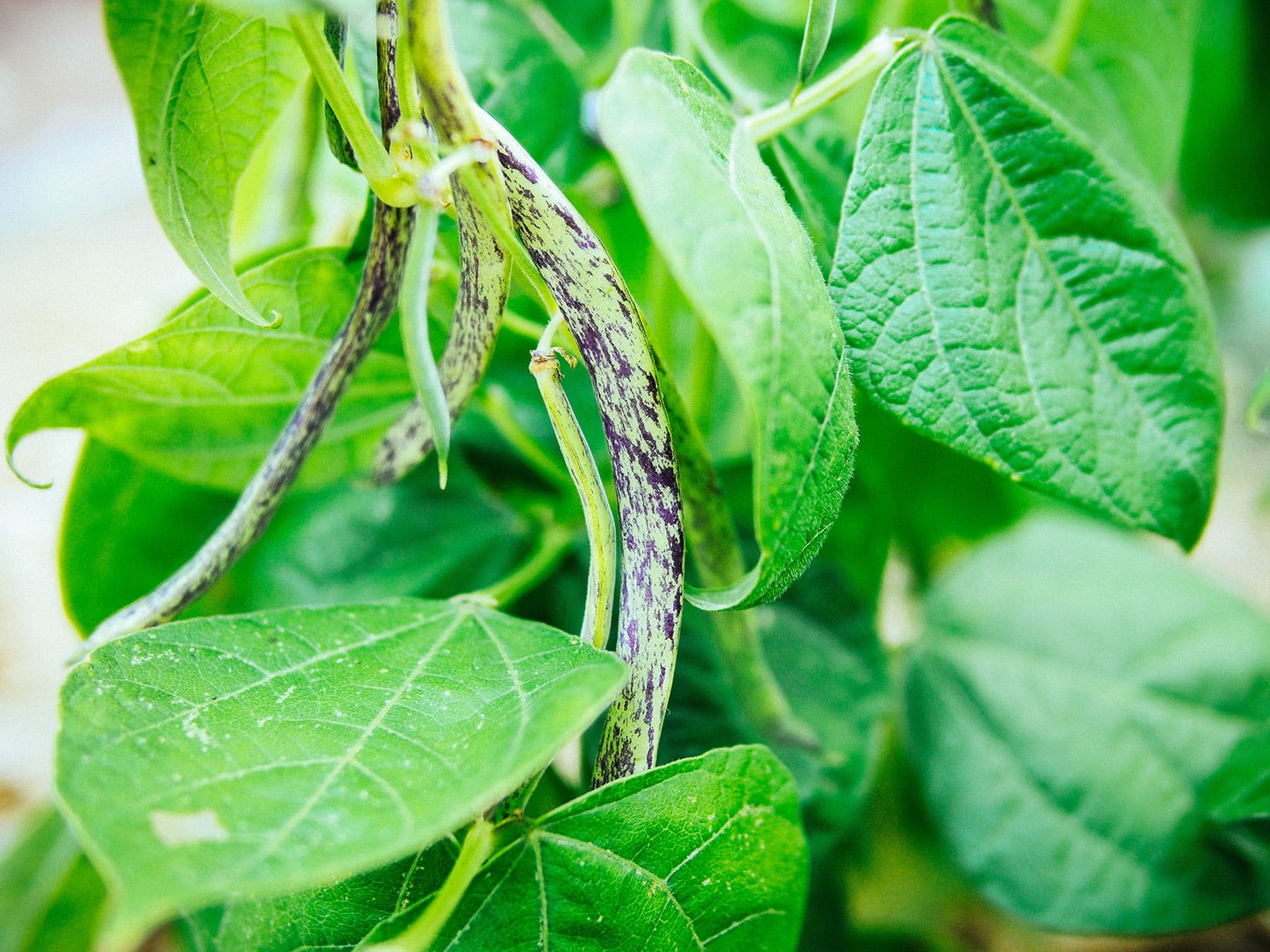
Plop in a few bush bean seeds and you’ll get a decent harvest in fall. In fact, this is a good crop to succession sow every three weeks, beginning in spring after all risk of frost has passed. By midsummer, you could be on your third or fourth round of seeds!
Remember to account for the shorter daylight hours and lower angle of the sun as the seasons change, and plant your beans in the sunniest spot possible to maximize production.
My favorite varieties: Dragon Tongue, Royal Burgundy, Gold Rush, French Filet
Fava beans (85 to 95 days)
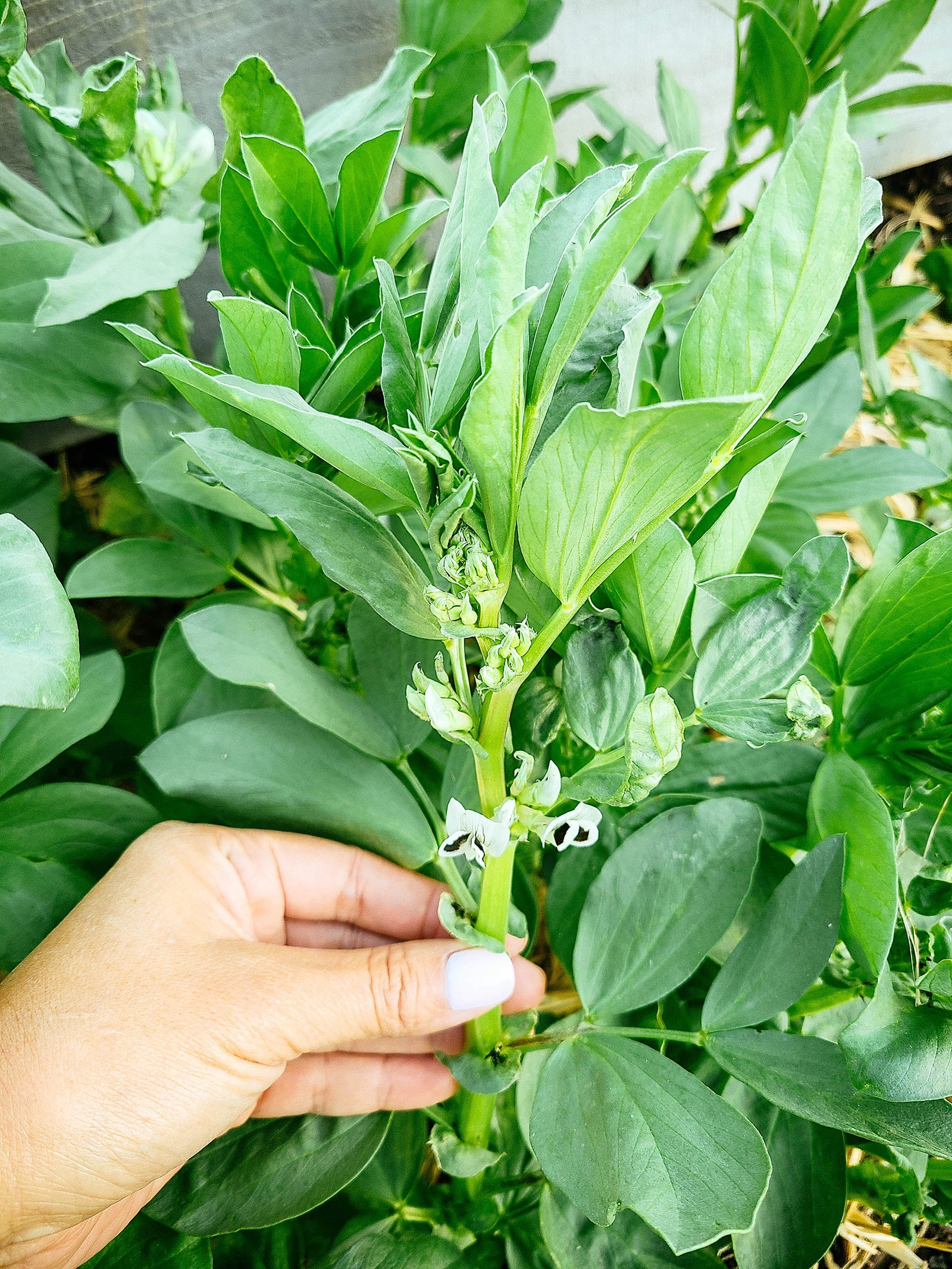
Fava beans (also called broad beans) are exceptionally cold hardy (down to 10°F), so you can sow seeds in midsummer and let the plants produce into winter. Even though they take an average of 90 days to maturity in fall, you can actually start harvesting much sooner than that.
The tender leaves can be harvested once the plants are about 8 inches tall. After that, you can pick a few flowers for salads, and then pick the bean pods when they’re about 6 inches long. (In my opinion, fava beans are best when they’re young because they don’t require shelling—I like to throw them on the grill.)
Read more: How to harvest edible fava bean leaves and flowers from your plants
Even if you don’t like fava beans, plant them anyway because they grow quickly and make an excellent cover crop. (Read my guide on growing fava beans to fix nitrogen in your soil.)
Arugula (30 to 60 days)
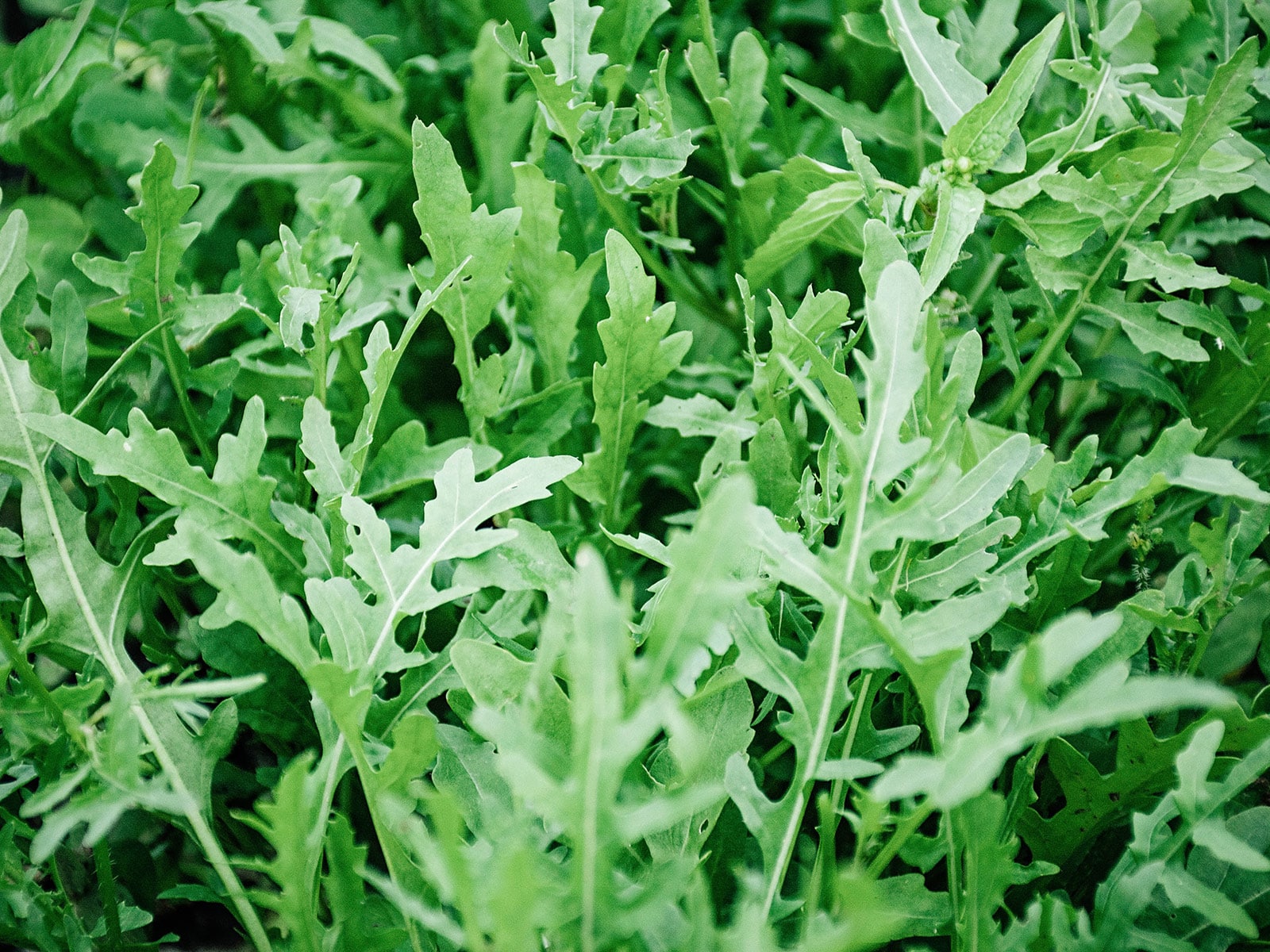
Arugula’s the unicorn of leafy vegetables: it’s more heat-tolerant than most, yet can survive a light frost. And even though it thrives in cooler weather, it can germinate in very warm summer soil (up to 85°F to 90°F), making it ideal for midsummer sowing.
Baby arugula is typically ready for harvest about a month after seed, but mature leaves are just as tender when picked in fall.
My favorite varieties: Astro, Wild Rocket
Brassicas (60 to 100 days)

Brassicas are the stars of the fall garden: not only are they very cold-tolerant, they actually turn sweeter after a few frosts! If you’ve always grown kale, cabbage, Brussels sprouts, broccoli, cauliflower, kohlrabi, and collards as spring crops (that mature in the heat of summer), then you’re in for a delicious treat!
Pick them in the baby leaf stage (at around three to four weeks) to enjoy in salads, or wait until the leaves are full grown.
My favorite varieties: Red Russian Kale, Lacinato Dinosaur Kale, Portuguese Kale, Purple Vienna Kohlrabi, Rapini Broccoli Raab, Romaneso Broccoli, Georgia Southern Collards
Quick Tip
You don’t have to wait for the heads to form on broccoli and cauliflower, or the bulb to fully develop on kohlrabi, before you can start harvesting. The leaves on all brassicas are just as delicious!
Mustard greens (40 to 60 days)
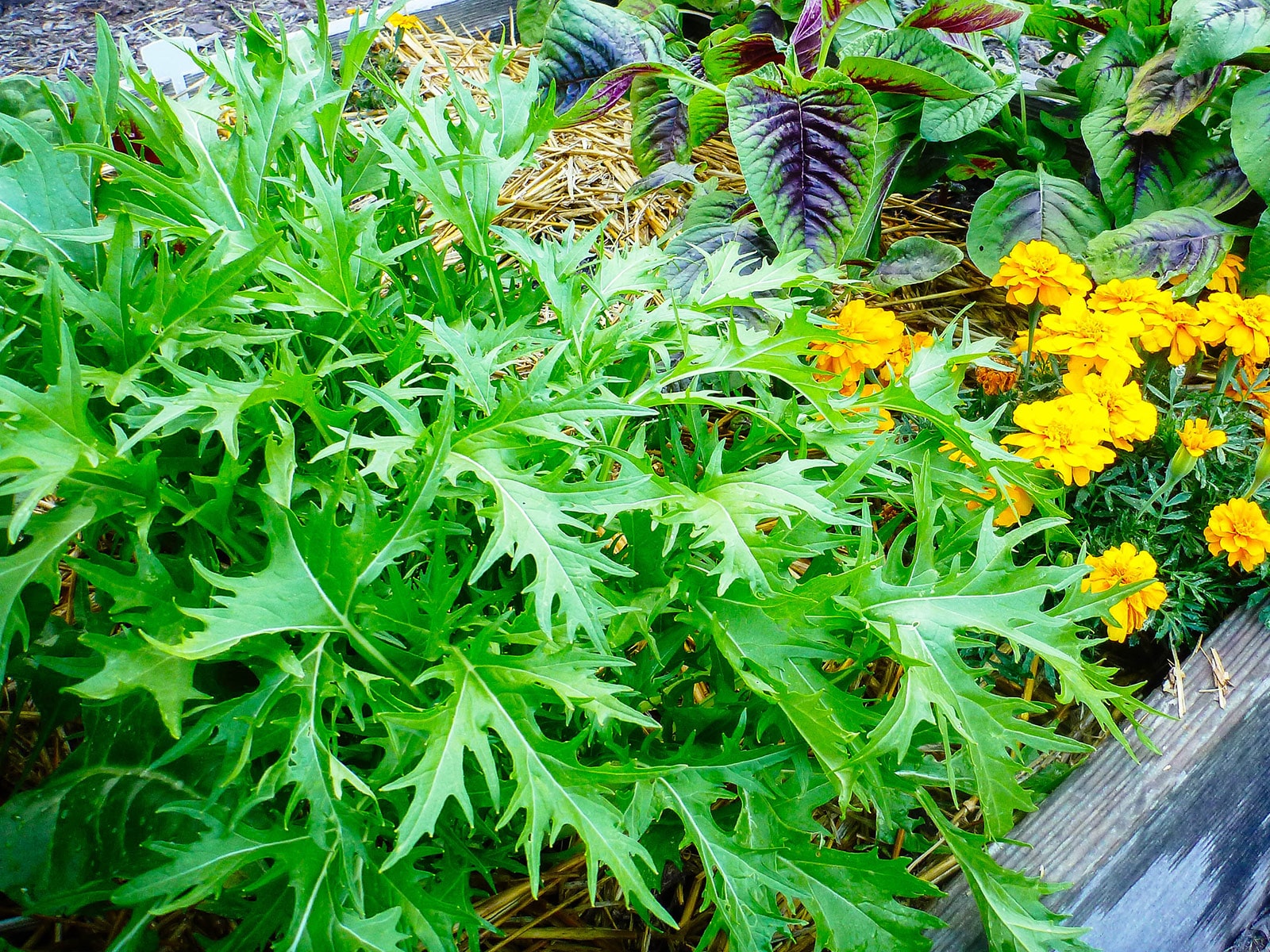
Mustards are a must in my fall garden as they’re fast growing and moderately frost tolerant. My personal favorites are Asian mustards, which are generally milder in flavor. If you sow new seeds every two to three weeks, you’ll get a continuous harvest of salad and stir-fry greens until the first hard freeze.
My favorite varieties: Komatsuna, Rosette Tatsoi, Baby Choi Bok Choy, Mizuna
Chard (60 to 70 days)
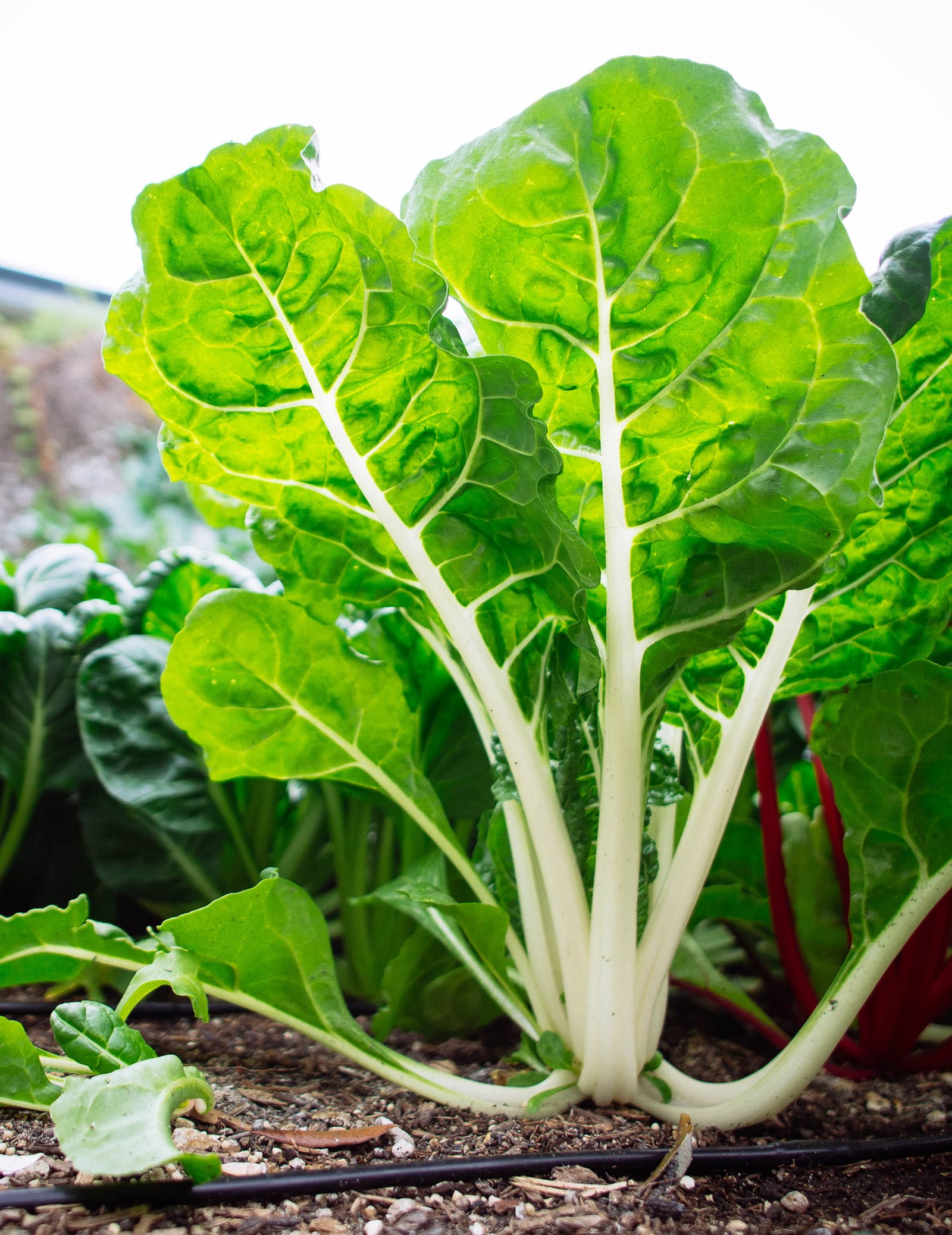
Chard is a biennial that is both drought- and cold-tolerant, so it’ll thrive in hot summer climates as well as chilly fall gardens. It can also handle light to moderate freezes, so it’ll overwinter in mild climates.
If you’re in a cold climate like me, you can keep yours going through winter by growing a white-stemmed variety and using frost cloth or other protection. White-stemmed chard, like Fordhook Giant, tends to be more frost-tolerant than rainbow varieties.
My favorite varieties: Fordhook Giant, Five Color Silverbeet Swiss Chard
Peas (70 to 80 days)
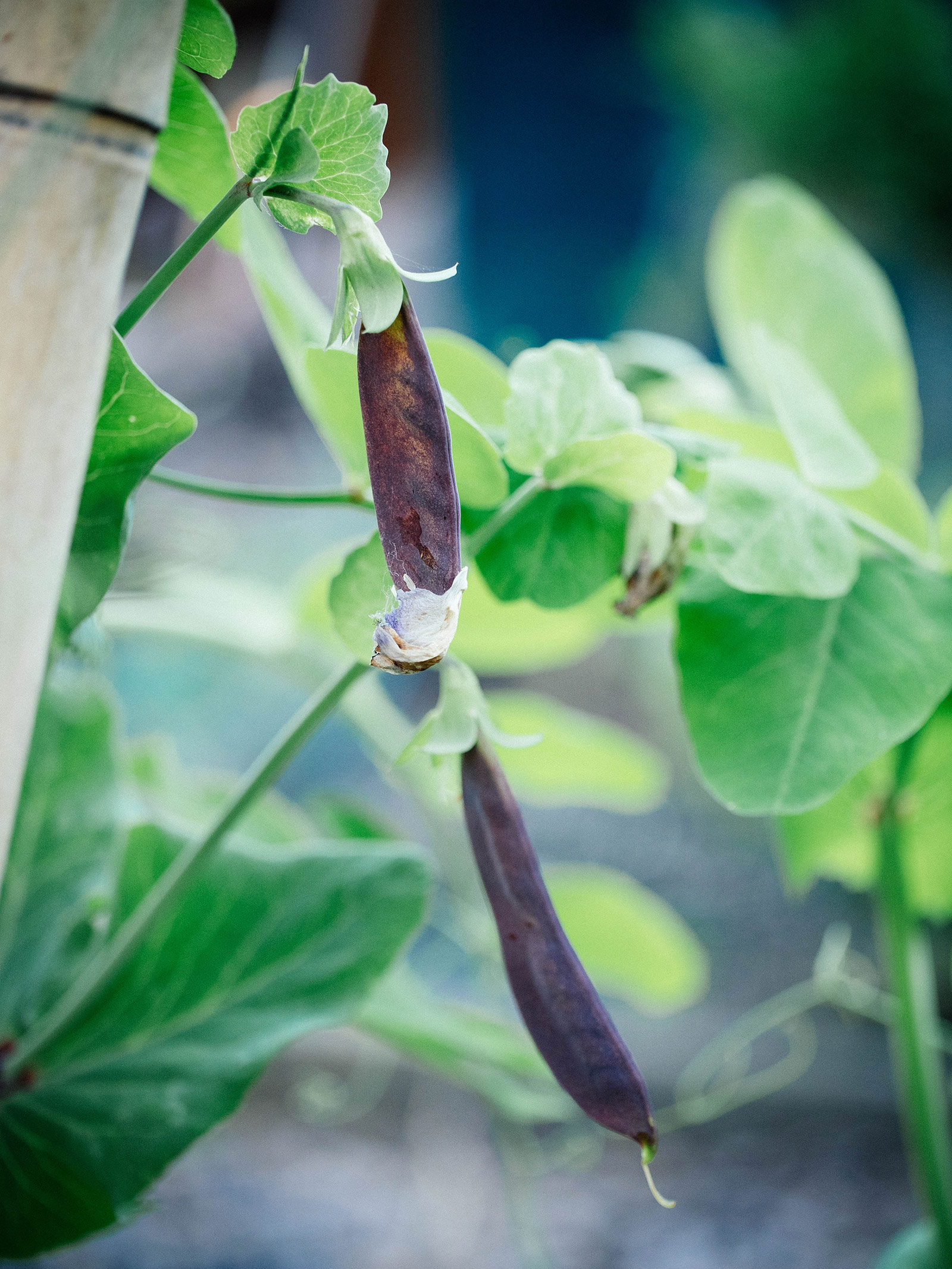
Snow peas, sugar snap peas, and shelling peas are typically spring-planted crops, but similar to brassicas, they actually taste sweeter when they’re sown midsummer and allowed to mature in fall.
The key to a successful harvest is making sure you start seeds at least two months before your expected first frost. This assures the plants will still flower in diminishing daylight, the flowers won’t be damaged by frost, and you’ll have a plentiful harvest before your plants go dormant or die off entirely.
My favorite varieties: Sugar Daddy Snap Peas, Oregon Sugar Pod II Snow Peas, Blue Shelling Peas
Spring radishes (30 to 40 days)
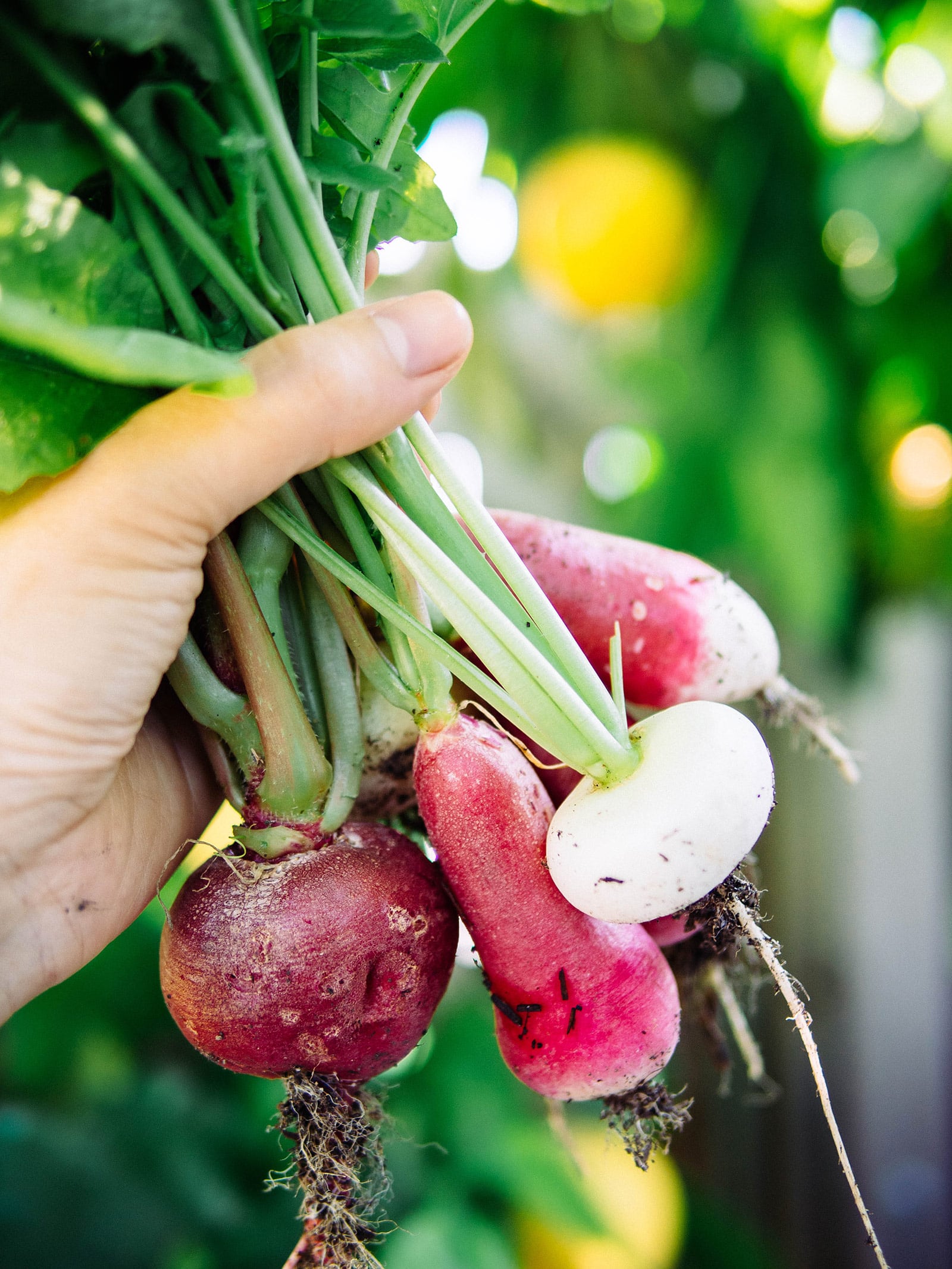
Spring radishes aren’t just for spring! You can succession sow your favorite snacking radishes every week from midsummer until about four weeks before the first frost. Even then, radishes can withstand temperatures down to the mid-20s Fahrenheit, and while the leaves may suffer some frost damage, the roots will still be crisp and edible.
My favorite varieties: French Breakfast, Purple Plum, Crimson Giant, Easter Egg Blend, Hailstone, Long Scarlet Cincinnati
Winter radishes (50 to 90 days)
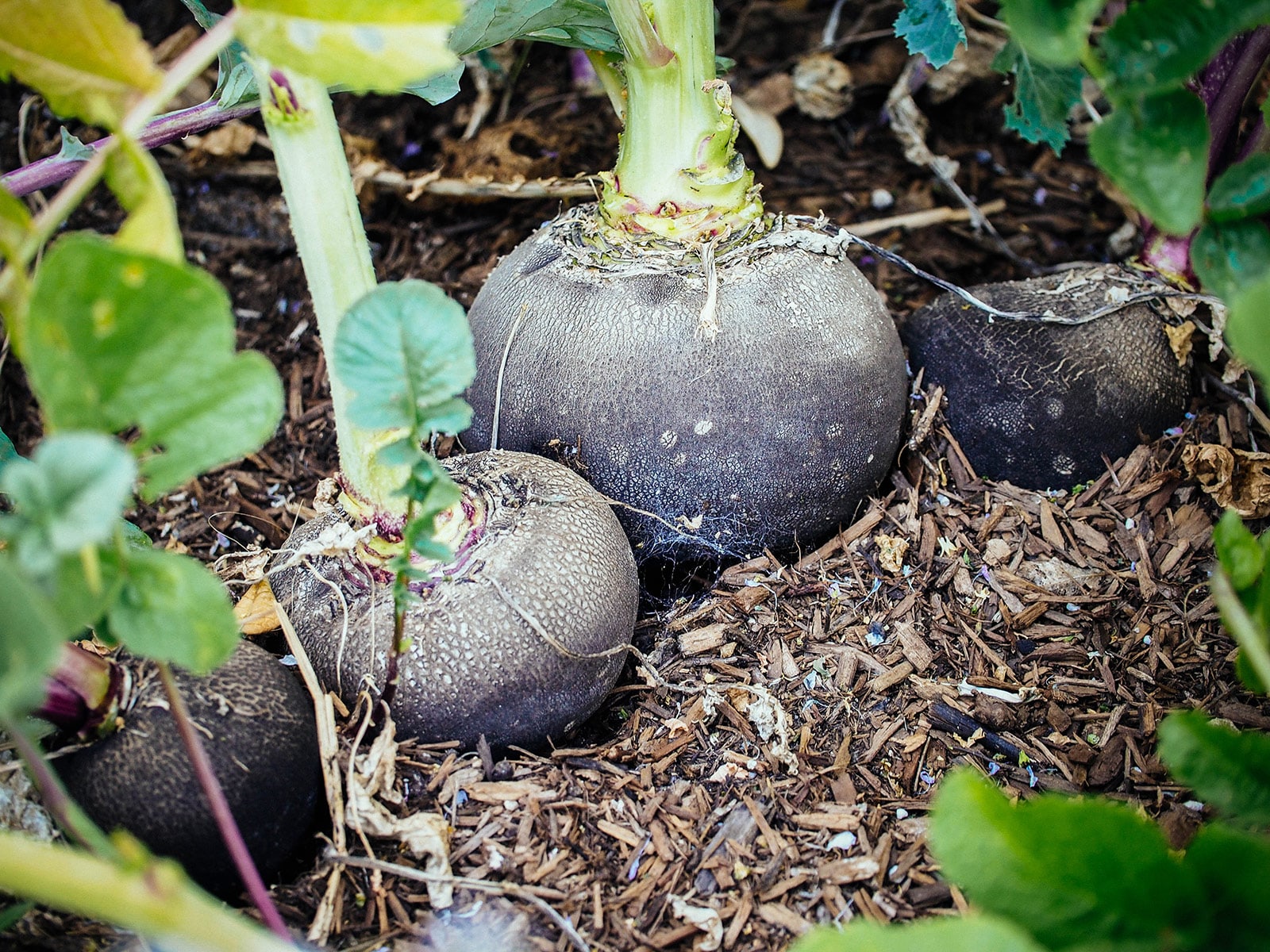
Winter radishes are naturally milder and sweeter than their spring counterparts, and midsummer is the best time to get daikon, watermelon radish, black radish, and other winter radish types in the ground to amp up their sweetness even more. (Learn the differences between spring and winter radishes in my post here.)
Honestly, I grow winter radishes as much for their delicious greens as I do for their roots! I cook them the same way I cook chard, and love using winter radish greens in soups, stews, and stir-fries.
My favorite varieties: Mantanghong Watermelon Radish, Black Spanish Round Radish, Miyashige White Daikon, Bora King Korean Radish, Chinese Green Meat Luobo, Aka Karaine Hot Radish
Fun fact
Aka Karaine radishes were the first vegetables I ever started from seed in my very first garden! I wrote about them in 2010 (also one of my first blog posts), with a simple recipe for potato and radish leaf soup. (I still make that soup!)
Turnips (50 to 65 days)
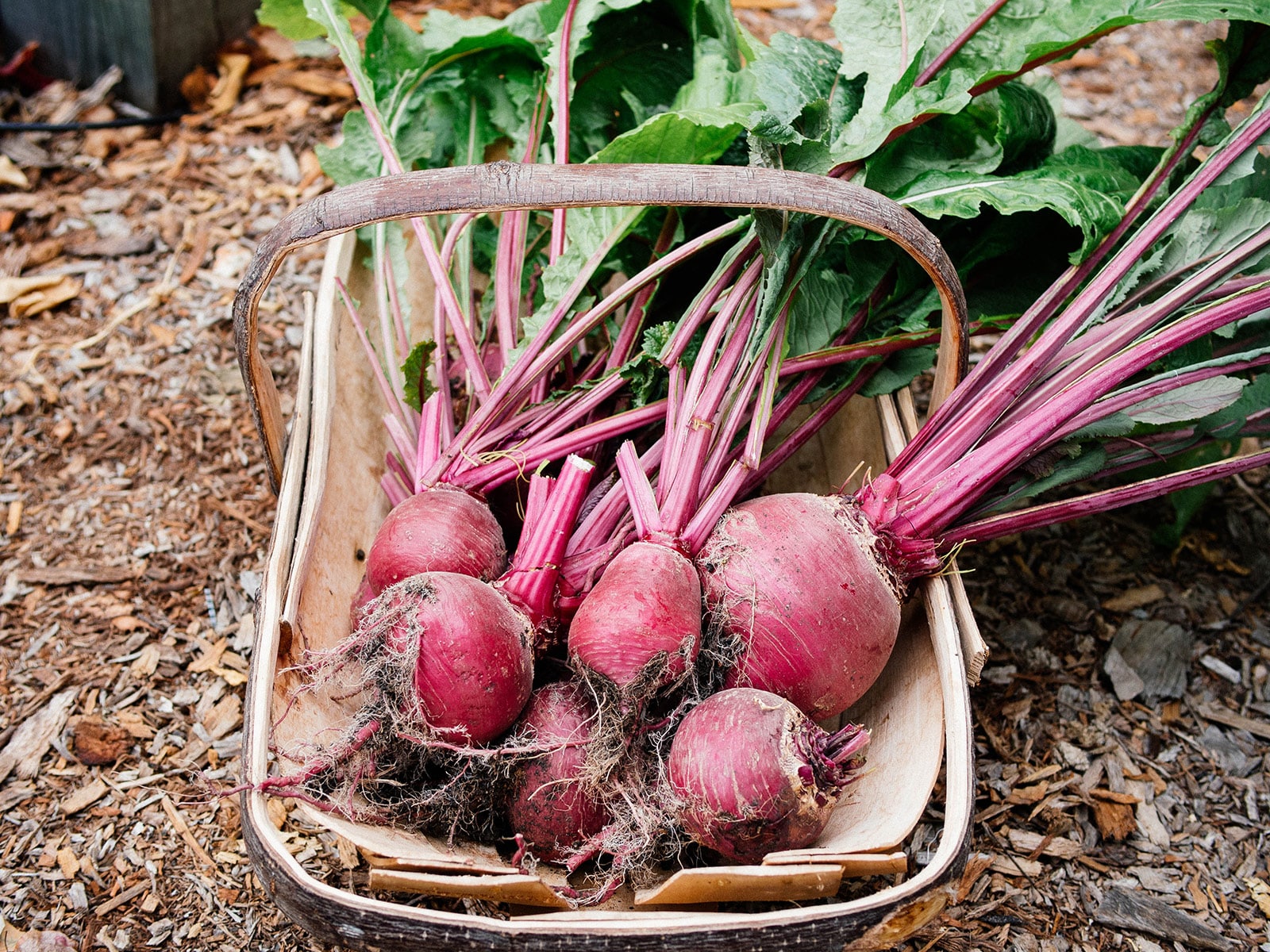
Turnips are one of the fastest-growing root vegetables, and when they mature in cooler weather, they’re much less bitter than turnips harvested in summer. Depending on how you want to use turnips, you can even pick them in the baby stage (when the roots are just an inch around)—this size is perfect for pickling or eating raw in salads.
My favorite varieties: Purple Top White Globe, White Lady, Red Round
Beets (60 to 80 days)
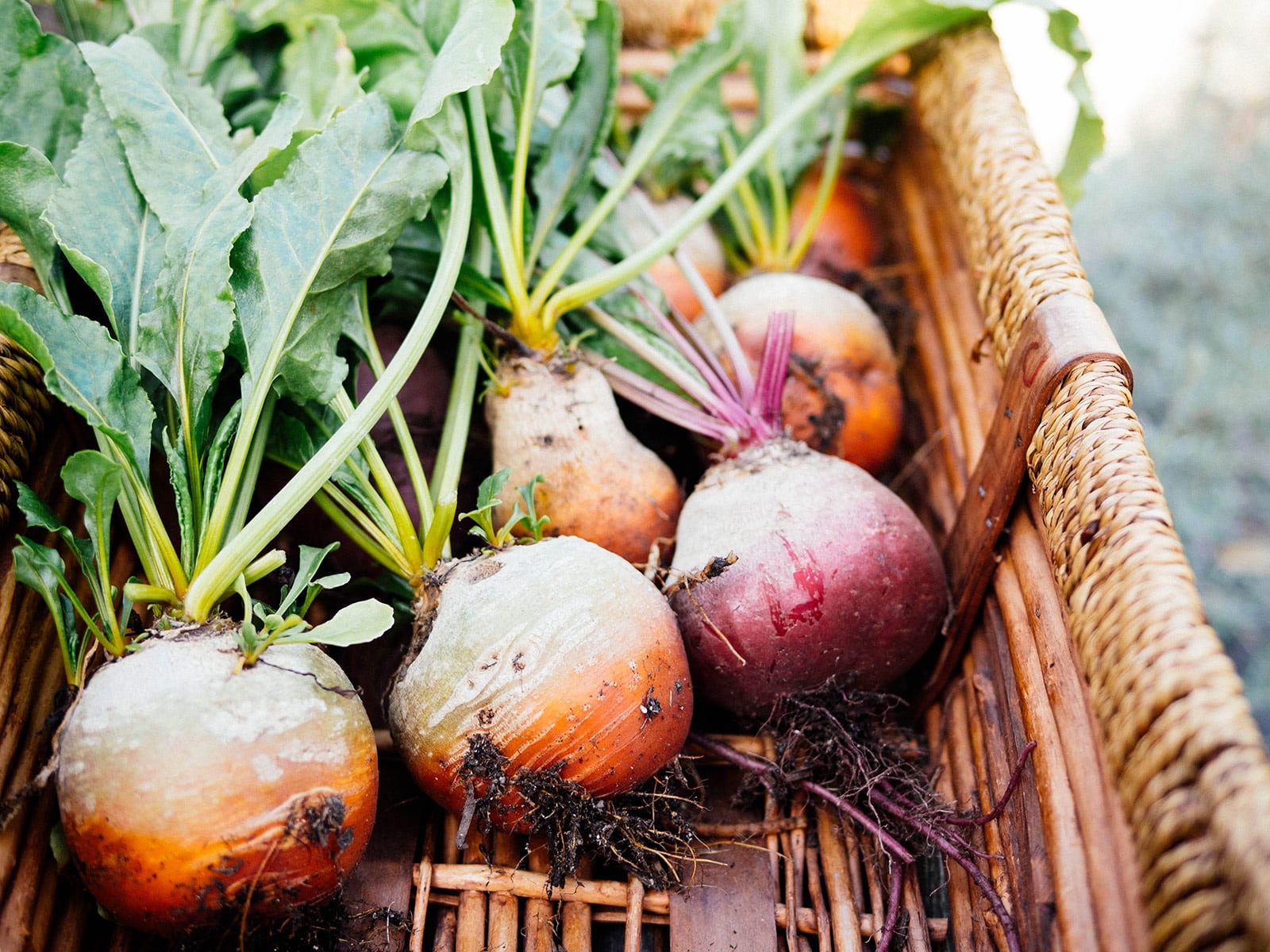
As soon as there’s space in the garden in July, I usually stick a few beet seeds in the ground because they germinate fast and I like sweet, tender beet greens even more than I like beet roots. This also works well for me because I pick them in all different stages, from baby beet size (which can be thinly sliced and eaten raw) to full size (which is amazing in a roast or soup).
And have you ever tried quick pickled roasted beets? They are divine!
My favorite varieties: Chioggia, Golden Boy
Carrots (75 to 90 days)
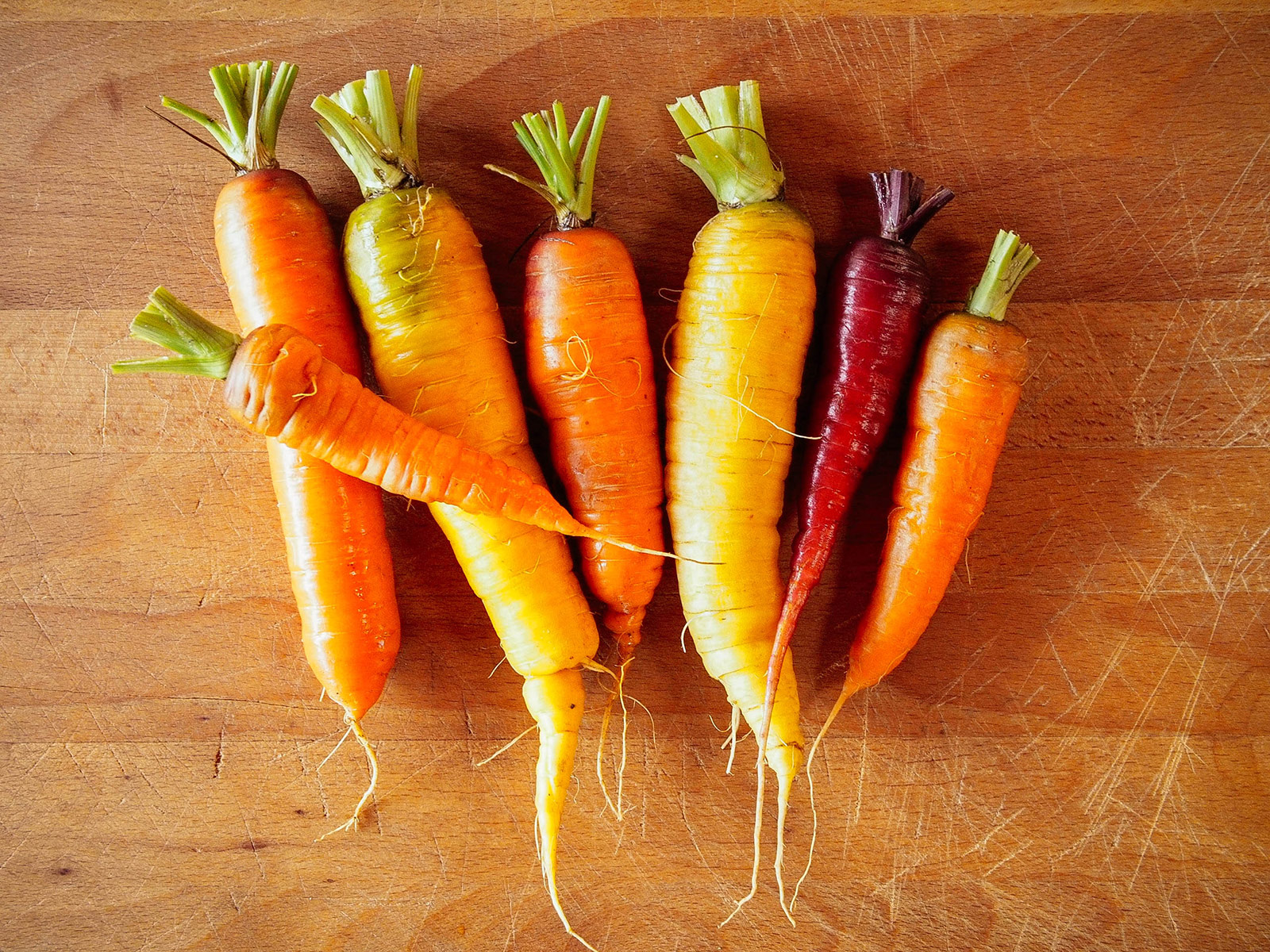
I much prefer to sow carrots in midsummer for fall harvest. For one thing, the seeds germinate more quickly in warm soil, so you’re not playing that constant game of “Will they come up?” in spring. They’re also another vegetable that tastes sweeter after frost, so you should wait to pick yours until well into fall.
But what makes carrots an ideal crop for the fall garden is how well they store through winter—right outside in the ground! If you can’t eat all of them at once, you can simply leave your carrots where they are and use the soil as a makeshift root cellar.
The leaves may eventually die off during a hard freeze, but the roots are still perfectly edible and safe to keep underground. Just bend the carrot tops over (I do this instead of cutting them off completely, since it helps me see where they are for future harvesting) and add a few inches of straw mulch on top to insulate the roots.
This mulch, combined with snow cover, is key to overwintering carrots in the ground. Harvest what you want until the ground freezes solid, then harvest the remaining carrots in late winter to very early spring before they start growing again.
In my own garden, I like to harvest carrots through winter so I use a very thick layer of mulch (straw, pine needles, shredded leaves, or sheep wool are my go-to mulches) and then I cover the bed with frost cloth. This makes it easier to harvest, since the carrots aren’t under a blanket of snow.
While carrots can be picked at any stage of growth, remember that they’ll stop growing in winter. So if you like to harvest at full size, make sure you start seeds early enough to account for the shorter day length in midsummer.
My favorite varieties: Carnival Blend, Scarlet Nantes, Shin Kuroda
If you’re reading this in August or September…
And you’re wondering, “Is it too late to plant?!”
Nope, it’s not! Depending on your climate, you can still get another round of crops in the ground! Here are the best fast-growing vegetables you can plant now and harvest in 40 days or less.
This post updated from an article that originally appeared on August 5, 2013.


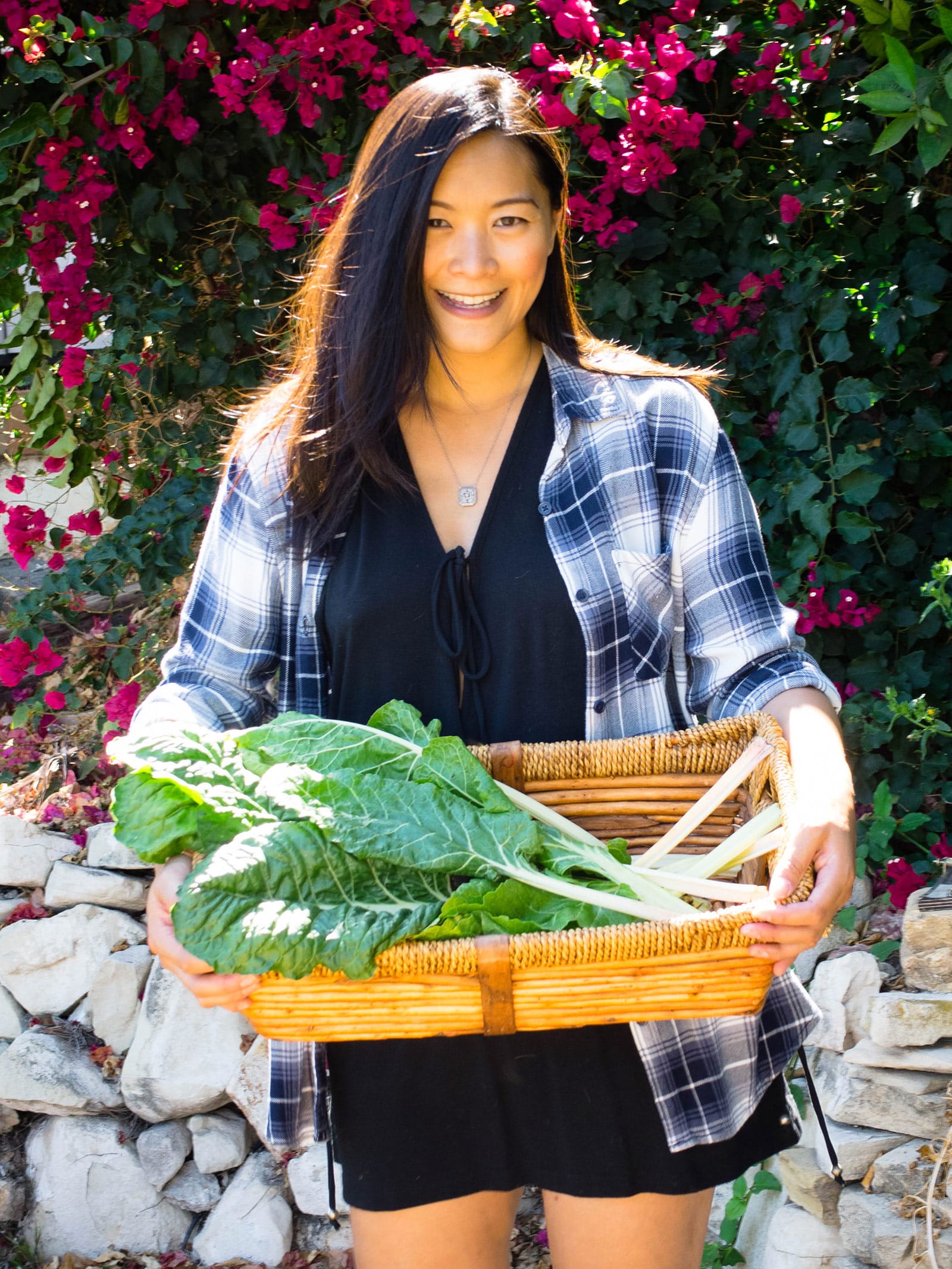
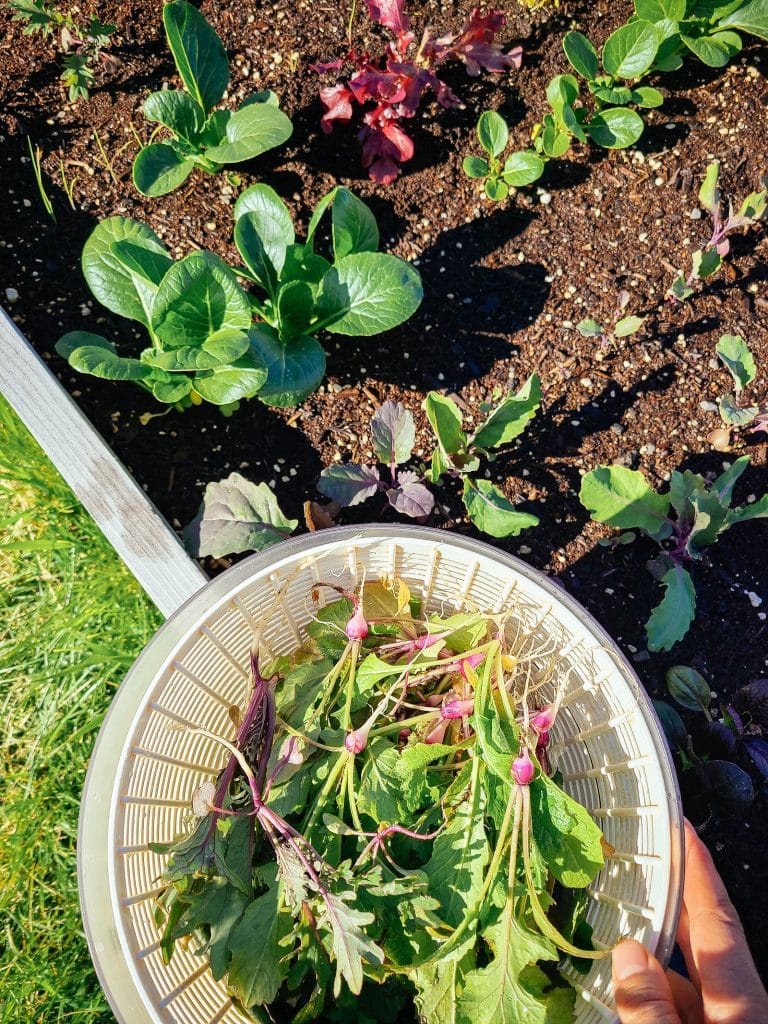
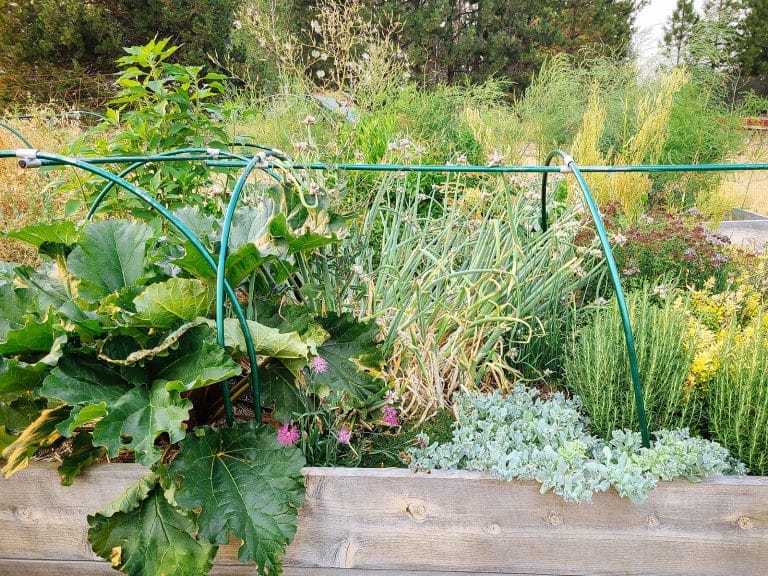
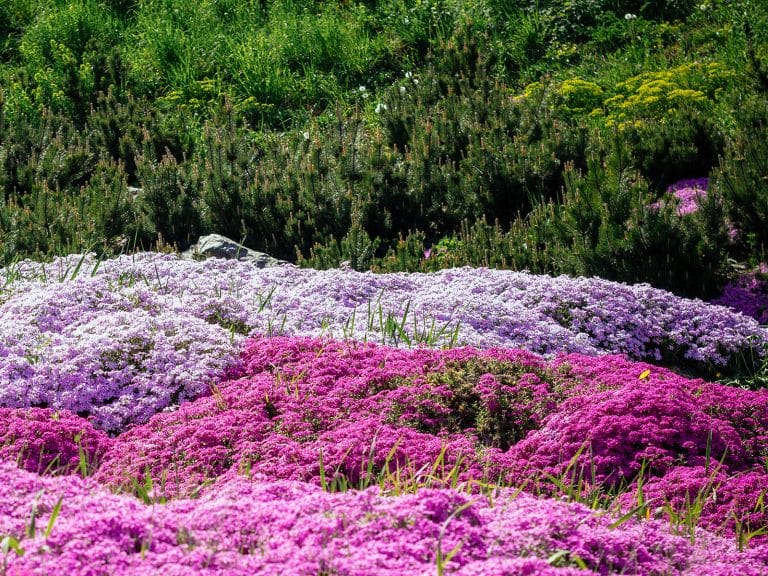
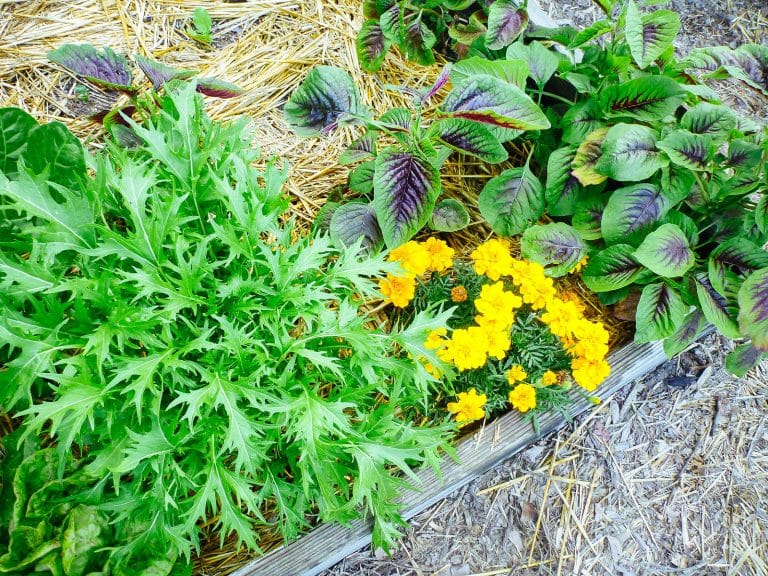






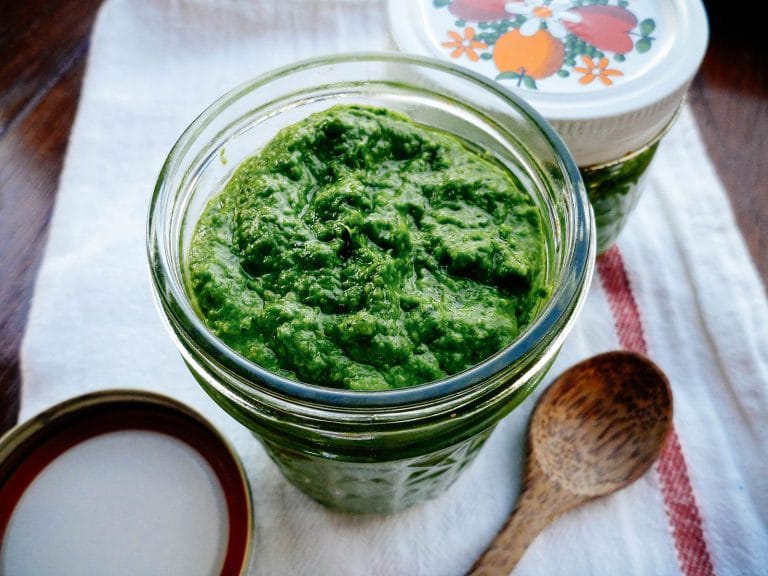


Are you mulching the carrots after they sprout or after you sow the seed?
I live in the deep south, temps here are 90-100 deg. most days with at least 50% humidity. I think I may have to wait another month before I can sow seed outdoors. I do plant succession waves of black eye and field peas. Top-pick purple hull peas do wonderful in the heat!
You can definitely wait a few more weeks to start your fall garden. When I sow carrot seeds, I put a very thin layer of straw mulch over the soil to help retain some moisture, since the surface dries out much faster in summer. You can also cover the bed with a floating row cover or something similar, and water over it. (Remove the cover once the seeds germinate.)
Seed Starting in the Summer http://t.co/Zh9xorXD4e #paperli
Seed Starting in the Summer http://t.co/dgGqQyanD0 #gardenchat < TY for RT! @jchapstk @BeautifulDayMom
Lisa Hardi liked this on Facebook.
It’s still summer but we can start thinking about fall: Seed Starting in the Summer http://t.co/Ejhxo6dkxN < TY for RT! @RedneckRosarian
I need to get down to the allotment! I like to sow lettuce at this time of year as it doesn’t bolt and will stand through light frosts till Christmas sometimes (Northwest UK) as well as lots of chard and herbs. And spring onions (scallions) for next year too 🙂
Love the timely-ness of this post Linda! I have some brown/dead plants to clean up in the garden and then I will have more space to Dow new seeds! Yippe!
I just took out a bunch of brown plants last week… love a fresh start in fall!
From basil to bush beans to collard greens: Seed Starting in the Summer http://t.co/qQ4xoQqPDG #gardenchat #gardening
this is such a great post with really useful information – thank you!
this is such a great post with really useful information {I took notes even ) –
thank you!!
RT @theGardenBetty: This month, you can start a whole new season of crops to enjoy through fall. Seed Starting in the Summer http://t.co/dg…
RT @theGardenBetty: This month, you can start a whole new season of crops to enjoy through fall. Seed Starting in the Summer http://t.co/dg…
This month, you can start a whole new season of crops to enjoy through fall. Seed Starting in the Summer http://t.co/dgGqQyanD0 #gardenchat
EstherMaria Weeks liked this on Facebook.
Step aside, spring. THIS is my favorite time to get in the garden! Seed Starting in the Summer http://t.co/AZ2VL6eIeQ #gardenchat
Bulbs! @theGardenBetty It’s summer but we can think about fall in the garden: summer Seed Starting http://t.co/AUH1yMKnEr #gardenchat
RT @theGardenBetty: It’s still summer but we can start thinking about fall in the garden: Seed Starting in the Summer http://t.co/Ed5KrRNQn…
It’s still summer but we can start thinking about fall in the garden: Seed Starting in the Summer http://t.co/Ed5KrRNQna #gardenchat
Thanks!
RT @SlowFoodUSA: “You can start over with plants that didn’t do so well in spring” Seed starting in the summer via @thegardenBetty http://t…
Duke Chase Mosakowski liked this on Facebook.
RT @SlowFoodUSA: “You can start over with plants that didn’t do so well in spring” Seed starting in the summer via @thegardenBetty http://t…
RT @SlowFoodUSA: “You can start over with plants that didn’t do so well in spring” Seed starting in the summer via @thegardenBetty http://t…
RT @SlowFoodUSA: “You can start over with plants that didn’t do so well in spring” Seed starting in the summer via @thegardenBetty http://t…
Do you have any favorite online garlic sellers?
Last year I ordered from Filaree Garlic Farm and will probably do so again this year; they have a really nice selection.
Was spring a disappointment? It’s not too late to start over in the garden! Seed Starting in the Summer http://t.co/SaOKvxcO3o #gardenchat
Amy Watkins Pellicer liked this on Facebook.
Amy Ruth Kaiserski liked this on Facebook.
Where do u order ur onions & garlic? I live in OK & can only order them since no local places carry any, that I have found
I get my onion seeds from Baker Creek, and last year I ordered from Filaree Garlic Farm. Good stuff.
Diana Heffernan-Schrader liked this on Facebook.
Esther Van de Klundert liked this on Facebook.
Kelly Dugan Guerin liked this on Facebook.
Cary Bradley liked this on Facebook.
Aagaard Farms liked this on Facebook.
Here in New England, I’ll plant turnips, tatsoi, purple flowering broccoli, more komatsuna and Swiss chard this afternoon. I picked up seeds for an Italian Oxheart Cabbage that is new to me and I’ve been wanting to try. My poona kheera cucumber is browning up and I have your suggestion to that for that! My Black Futsu winter squash is struggling to hold a fruit, but I am hopeful. Thanks for this timely reminder that there is always something to be grown, anytime of year. Aloha!
That all sounds lovely! I just ordered purple flowering broccoli myself to try this year. Now I just need to find the space for it… 😉
Stephanie Knight Fenn liked this on Facebook.
Seed Starting in the Summer:
Lately I’ve been lamenting the fact that my friends with kids are all saying sum… http://t.co/ydS3CgYI1V
Blogged on Garden Betty: Seed Starting in the Summer http://t.co/kN7BUjTKMg